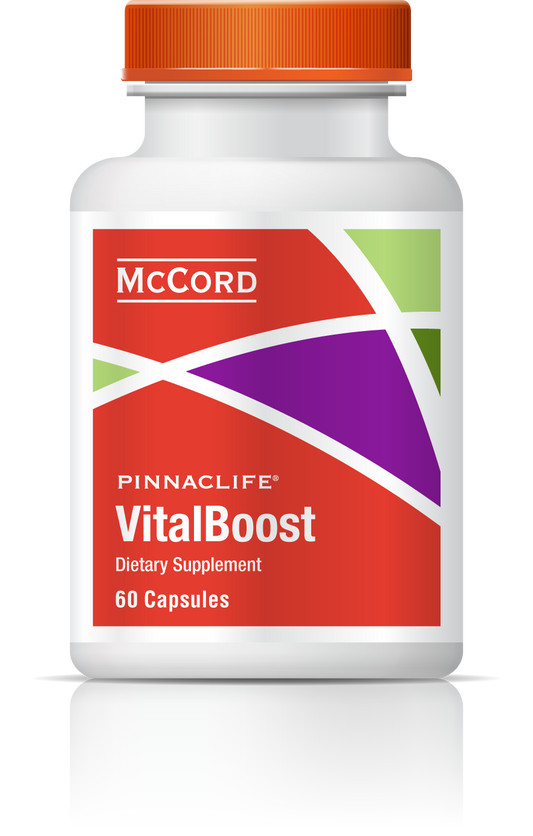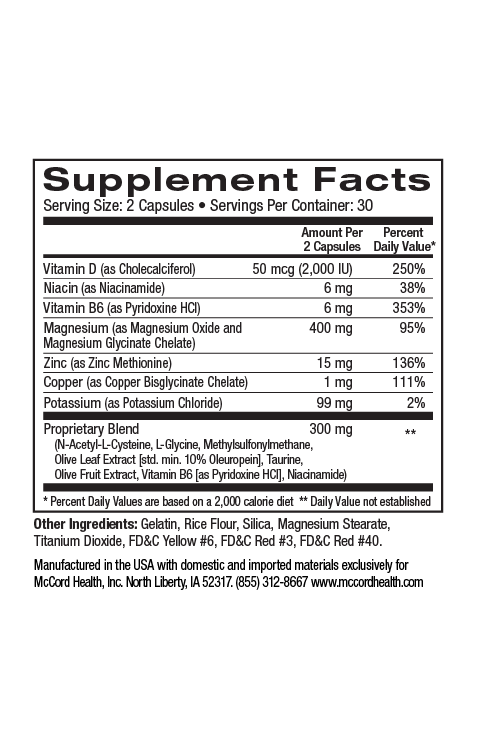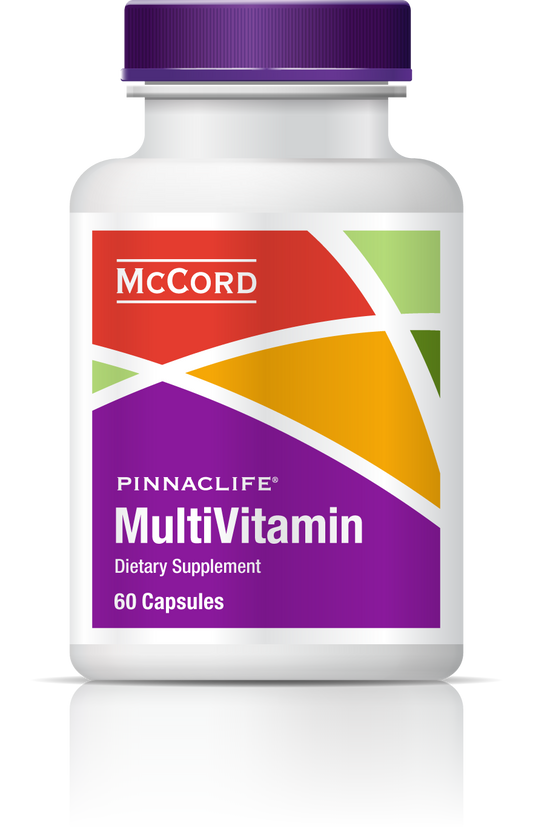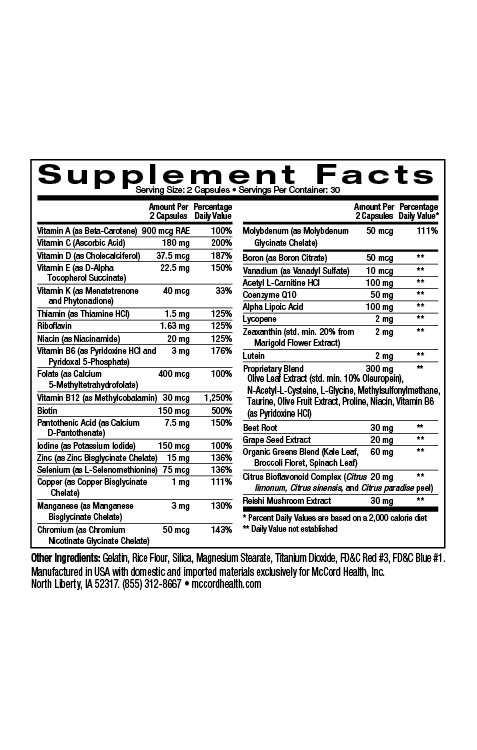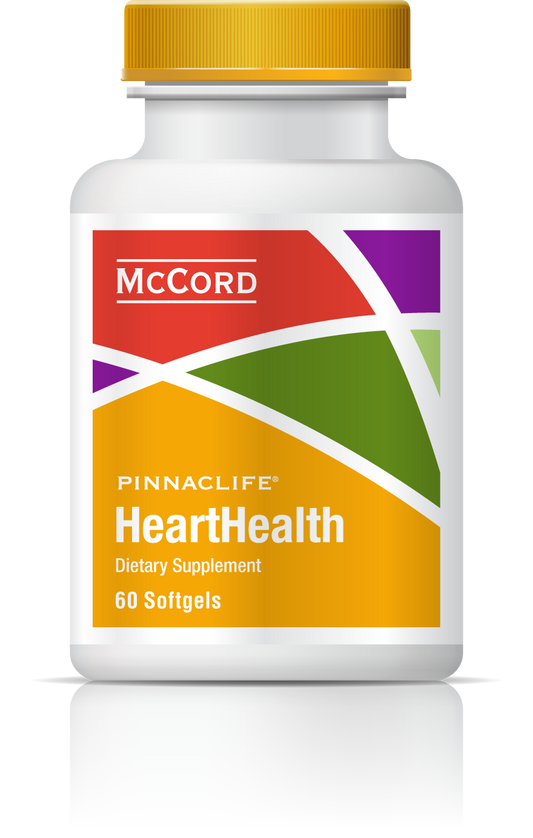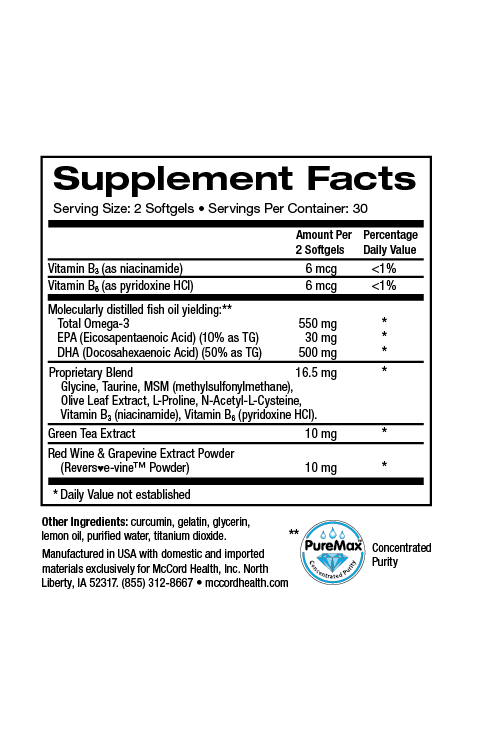It’s estimated that approximately 1000 different species of bacteria are included in the 1 billion microorganisms that live on each square centimeter of our skin. It is now becoming quite clear that the skin microbiome (collective set of microorganisms and their genetic material) modulates skin diseases, influences metabolic processes and is important for skin immunity. The diversity of the skin microbiome is influenced by various factors including transient microbes, genetic predispositions, location and environmental characteristics.
In 2007, the National Institute of Health provided funding for a Microbiome Project Consortium to characterize the human microbial communities present at specific body locations including skin. Recent advances in the molecular analysis of skin microbes revealed a greater diversity of skin bacteria than had been found previously using culture-based methods that were limited by the difficulties of growing certain species in the laboratory. It is now known that the microenvironment of skin characterized by sebum, moisture and hair follicles is highly associated with a bacterial community that is either commensal (does no harm) or symbiotic (mutually beneficial). In fact, many beneficial bacteria protect our skin from dangerous pathogens.
Viniferamine® skin and wound care products were designed to protect the natural chemistry and pH of skin to preserve its normal, protective characteristics and natural microflora. Disruptions in the microbiome due to harsh soap or cleansers can decrease the protection provided by certain microbes. Viniferamine® Clean N Moist is a gentle cleanser that preserves the natural balance of skin. Clean N Moist cleanses skin without causing irritation. In addition, Clean N Moist hydrates and provides vital nutrients including antioxidants like resveratrol from grapes, oleuropein from olives, epigallocatechin-3-gallate (EGCG) from green tea and melatonin to help strengthen and protect sensitive skin.
Normal skin pH ranges from 4.0 to 5.5 and has other varying characteristics. In fact, skin provides unique environmental niches for microorganisms that differ in humidity, temperature, pH, antimicrobial peptide composition and lipid content. Studies indicate that the composition of the microflora at different skin sites depends on the characteristics of the sites but remains relatively stable over time for normal individuals, suggesting that the skin may communicate with its microflora to regulate the composition of the microbiome. It is also known that the skin microbiome affects the development of the skin immune system and physical characteristics of the skin barrier.
Keeping skin hydrated is important for preserving the skin barrier and normal skin microflora. Viniferamine® Renewal Moisturizer contains skin nutrients including antioxidants, amino acids and vitamins that strengthen the skin barrier and help keep skin hydrated. Quantitating transepidermal water loss (TEWL) is a way to assess the quality of the skin barrier and how well it functions. Oleuropein has been shown to reduce TEWL indicating its ability to increase skin barrier function. Evidence also demonstrates that melatonin has a stimulatory role in building and maintaining the epidermal barrier.
The skin microbiome communicates with the skin immune system and affects inflammatory responses. A common microbe found on skin, Staphylococcus epidermidis (S. epidermidis), modifies inflammatory responses and influences lymphocyte (T cell) recruitment. It also helps activate tight barrier junctions leading to a stronger skin barrier. Some strains of these bacteria also produce substances that inhibit Staphylococcus aureus (S. aureus) biofilm formation and growth. Individuals with atopic dermatitis experience skin inflammation and often have increased S. aureus bacterial growth on their skin during flare-ups. Inflammation and dysbiosis (changes in relative compositions of different microbes compared to normal skin) is also commonly manifested in other skin diseases including rosacea and psoriasis.
Viniferamine® skin and wound care products include ingredients with potent anti-inflammatory activities, including the polyphenols oleuropein, resveratrol, and (EGCG), as well as the important small molecules, melatonin and L-glutathione. In addition, dipotassium glycyrrhizinate from licorice, avenanthramides in oats, aloe vera and shea butter possess anti-inflammatory activities. Moreover, Viniferamine® Hydrocortisone Cream 1% can help decrease the inflammation, redness, swelling and itching associated with atopic dermatitis (eczema) and psoriasis.
It’s good to know that Viniferamine® skin and wound care products are pH balanced and correspond with the normal chemistry of skin to help preserve the normal skin microbiome. Viniferamine® Clean N Moist cleanses skin gently while also helping nourish and hydrate skin to strengthen and protect the skin barrier. In addition, Viniferamine® Renewal Moisturizer helps keep skin hydrated, nourishes skin and protects the skin barrier. Moreover, Viniferamine® skin and wound care products include ingredients that help decrease inflammation associated with disruption of the normal microbiome (dysbiosis) that can occur in skin diseases including rosacea, atopic dermatitis (eczema) and psoriasis.
About the author: Nancy Ray, PhD is the Science Officer at McCord Research. Dr. Ray received her PhD in Biochemistry and Biophysics and was a postdoctoral fellow at NIH, Harvard University and Dana-Farber Cancer Institute, and the University of Iowa. She also earned bachelor of science degrees in Chemistry and Microbiology.
References
- Curr Opin Allergy Clin Immunol 2013; 13: 514-520.
- Austral J Dermatol 2015; 56: 268-274.
- Genome Biol 2012; 13: 1-18.
- PLOS Pathogens 2014; 11: e1004436.
- Trends in Microbiol 2013; 21: 660-668.
- Genome Res 2015; 25: 1514-1520.
- Nat Rev Microbiol 2011; 9: 244-253.
- Int J Cosmet Sci 2008; 30: 113-120.
- FASEB J 2013; 27: 2742-2755.
- Curr Allergy Asthma Rep 2015; 15: 1-10.
- J Clin Gastroenterol 2014; 48: S85-S86.
- Int J Mol Sci 2014; 15: 18508-18524.
- Diab Vasc Dis Res 2014; 11: 92-102.
- Oxid Med Cell Longev 2012; ID 560682:1-8.
- J Pineal Res 2013; 55: 325-356.
- Int J Gen Med 2011; 4: 105-113.
- Evid Based Complement Altern Med 2012; 2012:650514: 1-9.
- Br J Gen Pract 1999; 49: 823-828.
- Arch Dermatol Res 2008; 300: 569-574.
- J Oleo Sci 2010; 59: 273-280.
Disclaimer: These statements have not been reviewed by the FDA. The decision to use these products should be discussed with a trusted healthcare provider. The authors and the publisher of this work have made every effort to use sources believed to be reliable to provide information that is accurate and compatible with the standards generally accepted at the time of publication. The authors and the publisher shall not be liable for any special, consequential, or exemplary damages resulting, in whole or in part, from the readers’ use of, or reliance on, the information contained in this article. The publisher has no responsibility for the persistence or accuracy of URLs for external or third party Internet websites referred to in this publication and does not guarantee that any content on such websites is, or will remain, accurate or appropriate.
